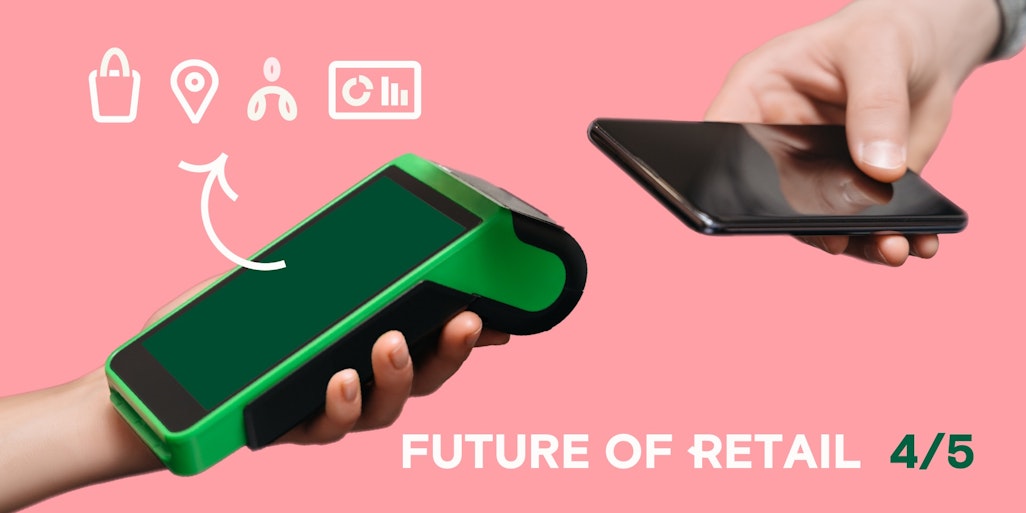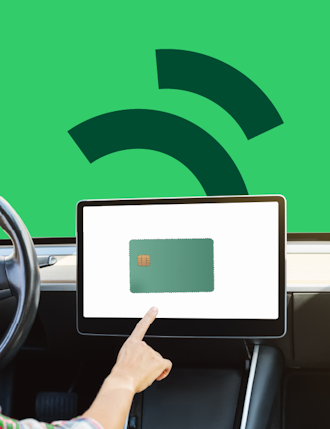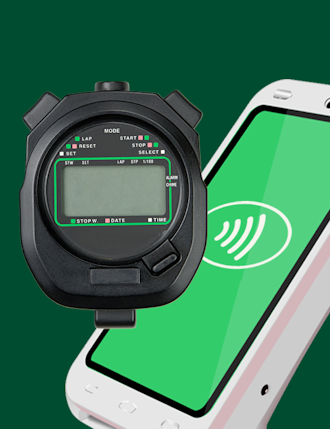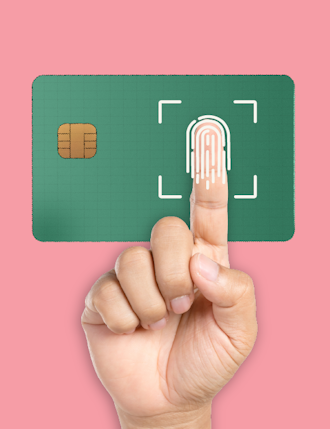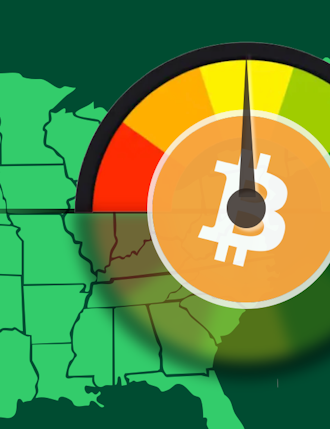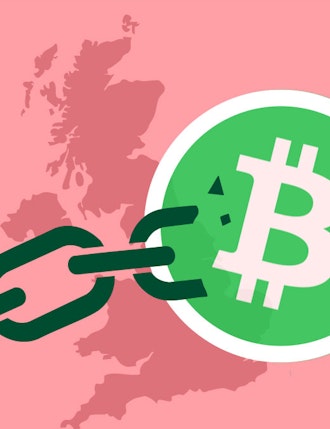As data becomes increasingly valuable, it’s expected to have an even greater role in in-person retail within the next decade. Retailers can already learn so much about their customers, from who they are, what they buy and when, to how they pay and feel about their retail experience. It’s all thanks to the trail of data customers leave behind after each interaction with the business. This data is a powerful tool retailers can utilise to improve sales, customer service, and products and services. Furthermore, by investing in third-party ISVs (independent software vendors), retailers can easily integrate customer data into their business models to deliver the best in-person retail experience possible, maximise profits, and extend their global reach.
In the next five to 10 years, the use of data will become even more important in in-person retail. Companies will continue to invest in technologies that make data collection and analysis easier and more efficient.
This post continues our series exploring the different aspects of in-person retail and the changes we can expect over the next five to 10 years. In the series, we cover the impact of technology within the next decade, including the growth of omnichannel retail, the rise of payment systems and changes in store design.
Leveraging data and analytics for in-person retail
In the ever-evolving retail industry, retailers increasingly leverage data and analytics to understand their customers better and make smarter decisions. In fact, big data analytics in retail can boost operating margins by as much as 60%. The possibilities are endless with advancements in payment data, customer experience, in-person commerce, and ISVs.
Data and analytics can help retailers understand trends and customer behaviour, optimise marketing efforts and deliver targeted offers. Retailers can use analytics to gain better customer insights, track how customers interact with their brands, predict trends and create personalised recommendations. For instance, Amazon generates 35% of its sales through recommendation algorithms.
ISVs facilitate the rapid and reliable collection of large amounts of data by retailers, as well as swift storage and analysis of the data. Retailers can use this data in pricing, product selection, and customer experience decisions. By collecting various payment data points and combining them with customer data, retailers can better understand spending habits and preferences, allowing them to optimise their sales strategies and make more informed decisions.
Retailers also leverage advanced payment processing solutions to streamline their in-person commerce operations. With payment processing solutions, retailers can accept payments quickly and securely and enhance the customer experience. This helps retailers attract more customers, increase sales, and improve customer loyalty.
Transforming the power dynamic in the finance industry
There’s huge potential for digital payment data to revolutionise the finance industry. By leveraging its power, ISVs can give customers an enhanced, personalised experience by targeting the right products at the right times. This shift in the power dynamic of the finance industry will be fueled by ISVs gathering data from payment-enabled transactions, allowing them to gain valuable insights into customers’ shopping habits and preferences.
By understanding customer behaviour better, ISVs can create more customised and targeted services. This data will also enable ISVs to optimise their systems to ensure customers have a smooth and seamless experience when engaging in in-person commerce. Furthermore, this customer-centric approach will provide greater customer trust and confidence, essential for the finance industry’s growth. Ultimately, this shift in the power dynamic of the finance industry should lead to greater opportunities and successes for both ISVs and customers.
Payment technology transforming in-person retail
Innovative changes in payment technology are driving the future of in-person retail. Embedding payments into software and allowing ISVs to offer a better customer experience is revolutionising how retail businesses operate. These changes also create deeper business analytics affecting the pricing discussion for payment processing. By delivering meaning to payment data, merchants no longer struggle to agree on pure transaction costs.
ISVs are now the most important distribution channel for in-person commerce. While nearly 50% of small businesses and 65% of the food and beverage industry already use ISVs, a growing number of midsize businesses are also adopting ISVs. Furthermore, as ISVs continue expanding their offerings, larger businesses will also find their needs can be met and begin adopting ISVs.
ISVs leverage data to stay one step ahead of merchants
Data is the key to success in today’s world of in-person retail. From payment data to in-person commerce, ISVs can use the power of data to be one step ahead of their merchants and proactively enable them to achieve great business success. Such proactive solutions can help merchants grow their businesses by providing services like growth loans or integrated treasury solutions.
Data-driven insights can also help ISVs improve the customer experience by providing more targeted and individualised services, helping merchants better understand their customers, anticipate their needs and build trust by providing a superior customer experience. Furthermore, they can use data to identify areas for improvement and refine processes to deliver faster payment solutions and secure transactions.
Data is becoming an integral part of in-person commerce, and its use will grow in the coming years. ISVs are making it easier for retailers to collect and use data and will drive the growth of in-person retail. By leveraging the power of data, retailers can provide personalised services and improve customer experience.
Follow our future of in-person retail blog series with the final instalment focusing on changes in store design.
